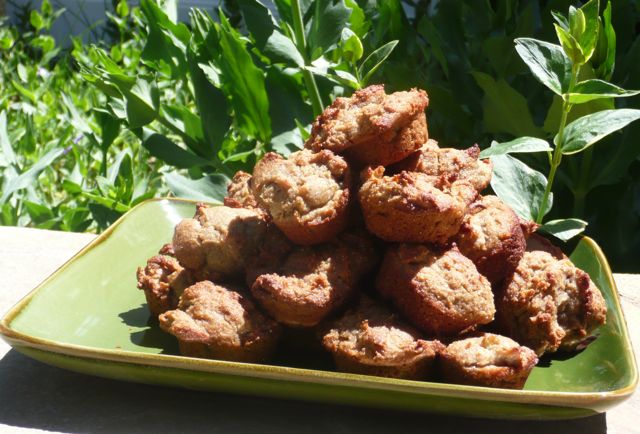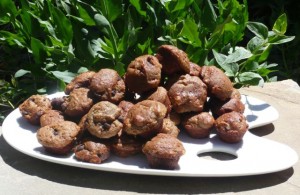When I came across your website I was so relieved to find that there may be hope for me, but then saw what you charge and I realised that you are just out to make a huge profit off of others pain and illness. Who do you think can actually afford almost $1000 for a blood test?
~ Kate, New York
Hi Kate,
I’m glad to hear you are looking for non-medicinal ways to help alleviate your chronic physical distress. I’m happy that you found me and I hear your concerns about fees and why they might seem high. Let me assure you that even though it might seem like a lot of money up front, you get a lot for your money, including about four months of follow-up visits and an education in food sensitivities and your body. 
Here are why it costs a little bit of money to get this kind of health care and support:
1. The Mediator Release Test. The MRT is cutting-edge science that uses state-of-the-art machinery to perform exact calibrations and procedures. Developed by Oxford Biomedical Labs (formerly Signet Diagnostic), the MRT is at the forefront of the food sensitivities field with the highest rates of reproducibility and reliability and offering the most accurate identification of inflammatory markers in the blood. Only a few laboratories around the globe are equipped to perform this test as it is highly specialized. I receive a discount off the list price of $995 which I pass along to my clients.
2. Implementation. You don’t just receive your MRT results and be left wondering how to implement them effectively. Modern test results are technical and require some interpretation; simply receiving test results is a poor predictor for success. Certified LEAP (Lifestyle Eating and Performance) Therapists (CLTs) receive more than forty hours of training on understanding the physiology, interpreting the results, and designing modern, customized, anti-inflammatory dietary protocols based on science to facilitate positive outcomes. In other words, you’ll experience better results if you work with a CLT to interpret the results.
3. A Sustainable Diet. Not only will you receive your personalized “safe” diet designed to remove inflammation from your body quickly and to speed relief from symptoms, but you’ll also receive a week-by-week food re-introduction schedule to help get you to a comfortable place where you can have an easy lifestyle with a sustainable and enjoyable diet that doesn’t make you sick. You will get help with menu plans and food products as well as recipes that work with your allowed foods to help implement a new, balanced and nutritious eating style over the long haul.
4. Healing. The focus is on healing so that, as time goes on, some foods may be successfully re-integrated without inducing symptoms. Additional herbal, probiotic, or homeopathic remedies may be recommended, depending on your symptoms. Years of schooling and clinical practice have given me the knowledge to work holistically with your particular body.
5. Coaching. You receive coaching for how to recover quickly from mis-steps and keep control of your health for the long-haul. My goal is to send my clients out into the world symptom-free with the knowledge of how to stay there.
6. Expertise. Lastly, these are professional services. Not only do I have a doctorate in naturopathic medicine, and am a Certified Nutritional Consultant and a Certified LEAP Therapist, I’m also an award-winning, best-selling cookbook author and the director of the Fight MS with Food project. I get paid to speak around the country on health, nutrition, and autoimmune issues related to diet.
Please feel free to contact me for more information or to schedule a free consultation.




